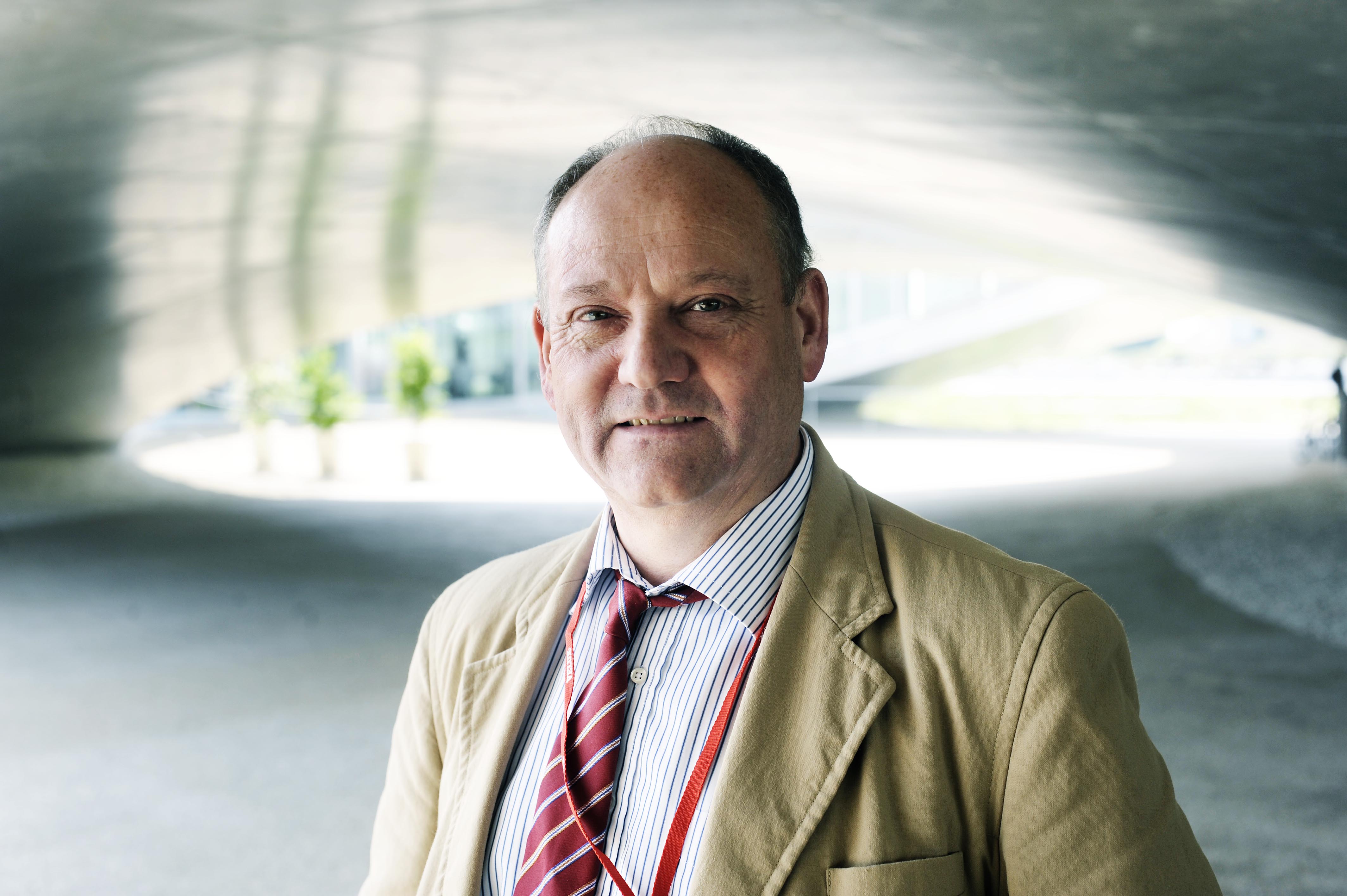Access to Daylight - Getting People Outside and Daylight Inside

Category
Research and Innovation
Author
Christoph Reinhart
Source
Daylight Symposium 2015
Share
Copy
Lecture from the 6th VELUX Daylight Symposium that took place in London on 2-3 September 2015 by Christoph Reinhart.
The question of successfully providing daylight to people has two distinct sets of solutions: We can try to get more people outside or more daylight inside of buildings. Ideally, we follow both approaches synchronously. In order to do so requires integrated urban design approaches that holistically address questions of creating comfortable outdoor spaces, providing sufficient amenities to accomplish high walkability levels (people have to do something outside) and finally accomplishing sufficient access to daylight within buildings. Such daylighting oriented design ambitions naturally clash with other pressures that cities experience such as rising densities due to population growth, the desire to increase resource efficiency of buildings and economic expectations. This presentation draws on a series of inter-related projects at MIT’s Sustainable Design Lab which involve the development of an urban modeling platform for daylighting, outdoor comfort, human powered transportation, operational and embodied energy as well as the application on these modeling schemes to urban projects in Boston, Kuwait, Lisbon and Riyadh. The results will be presented in the context of where the opportunities and challenges for daylighting lie in a densifying world.
Christoph Reinhart is a building scientist and architectural educator working in the field of daylighting, sustainable building design and environmental modeling. At MIT he is leading the Sustainable Design Lab, an inter-disciplinary group with a grounding in architecture that develops design workflows, planning tools and metrics to evaluate the environmental performance of buildings and neighborhoods. Design tools originating from the group – such as DIVA, DAYSIM and umi – are used in practice and education in over 90 countries.




